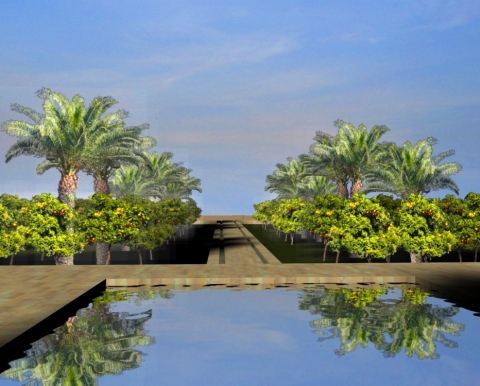 The working methodology comprised several stages:
The working methodology comprised several stages:
Stage 1. Definition of the study area
The study area was initially defined on the basis of two aspects – geographical (belonging to the Mediterranean Basin and the Middle East region), and cultural (belonging to Muslim-majority countries). As a result, the countries selected for this study, in alphabetical order, were: Albania, Algeria, Azerbaijan, Bahrain, Egypt, Iran, Iraq, Jordan, Kuwait, Lebanon, Libya, Morocco, Oman, Palestine, Qatar, Saudi Arabia, Syria, Tunisia, Turkey, United Arab Emirates and Yemen.
Stage 2. Search for general information
After defining the study area, the process began on searching for general information on each of the countries. Such general information was considered necessary for defining the context of each country with regard to its plant diversity situation. A number of fields were established:
- Physiographic characteristics of the country.
- The interest of its phytogenetic resources and the main threats for plant diversity.
- The current state of in-situ and ex-situ conservation.
Stage 3. Search for information on “Centres of Plant Diversity”
A search was carried out for information on facilities working to conserve plant diversity in any way (through programmes for conservation, research, education, training, awareness-building or recreation) in each country. Information has been compiled on:
- Research centres
- Germplasm banks
- Botanic gardens
- Public parks
- Protected areas
The following tools were used for this process of investigation:
- Internet
- Books and articles
- Direct contacts with institutions via e-mail
- Expert advice
This post is available in: English Español

